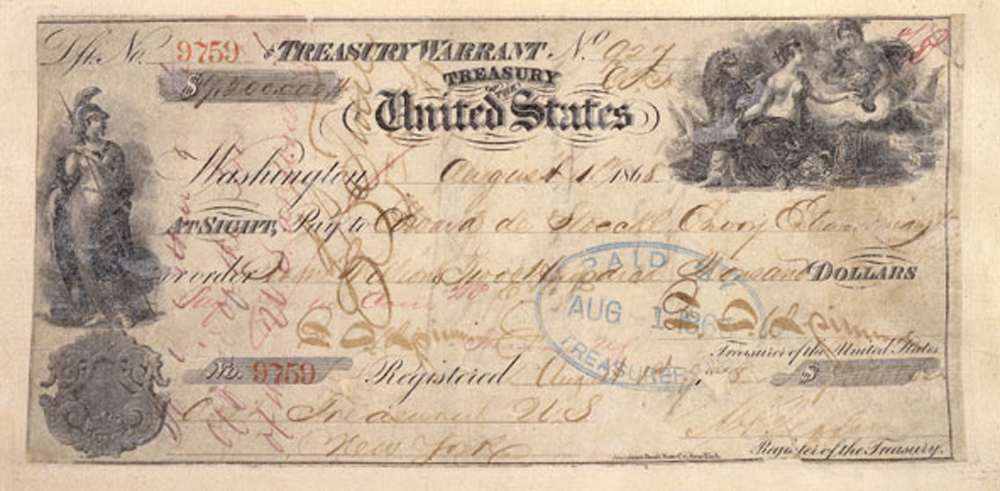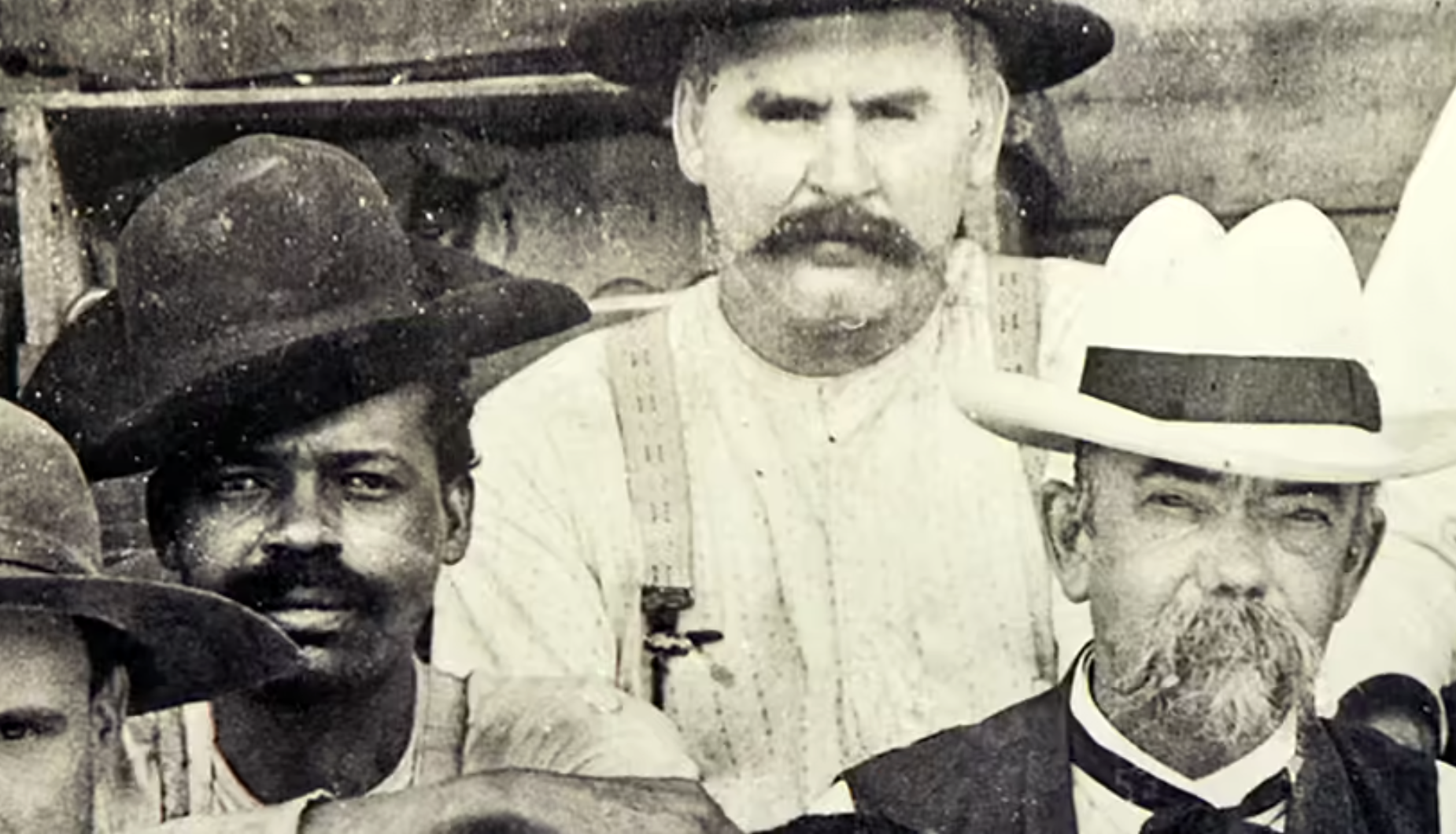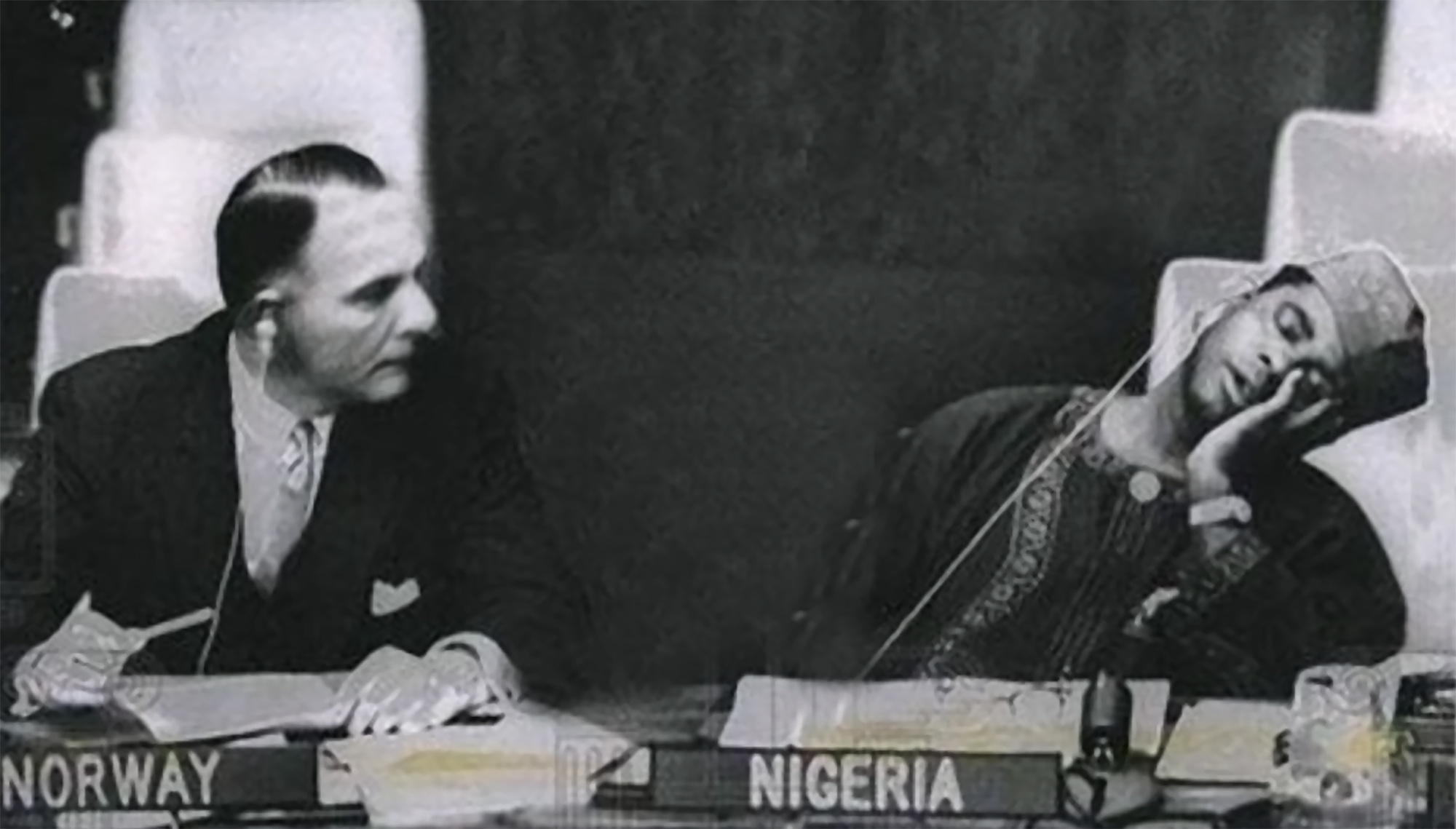Alaska for seven million
- Born March 30, 1867. After spending the night negotiating, at 4:00 a.m., Russia sold Alaska to the United States for $7.2 million. The frozen area of 1.5 million hectares amounted to a disbursement of $4.74 per square kilometre. At that time, 2,500 Russian settlers lived there, 10,000 of origin are under Russian jurisdiction and an estimated 50,000 other inhabitants were living in Aleutia, Inuit, Inupiaq, Yupik... The sale was signed by U.S. President Andrew Johnson and confirmed by the full Senate. The transfer ceremony was held on October 18 of the same year and the 7.2 million check was issued on August 1, 1868.

However, attempts to sell the territory began earlier in the 1850s. The Russian Empire had economic difficulties, it was not easy to defend the territory of Alaska militarily, and they feared that the British would take it easily. They sold Alaska at modest prices, and they kept something in their pocket. Otherwise, there was a risk of losing the colony for nothing. Moreover, by then, the Alaska nutrient population was already exploited and practically depleted.
Zar Alexander II first offered the British Alaska. His intention was probably to increase hostilities between British and American, and thus, weakened by the two powers, the position of the Russian Empire would be strengthened. But the British were not interested and in 1859 they were offered to the United States. They received another "no", as for Washington at the time the risk of the Civil War being declared a priority.

The intention of the Russians was not weakened and negotiations resumed after the end of the US Civil War. They sat in early March 1867 with U.S. Secretary of State William Seward.El contract was closed before the end of the month.
Was it a profitable purchase for the United States? The experts do not agree on the answer. David R. According to economist Barker, taxes collected in Alaska have never exceeded the cost of buying and governing the territory. John M. Miller considers that Alaska oil companies had no profit in compensating for an extraordinary investment. Scott Goldsmith and Terrence cole disagree on the criteria for drawing these conclusions, and consider the purchase for the domestic product to be excellent, as the most optimistic calculations indicate that in 50 years the Americans gained 100 times the price paid by the country.
In March 2014, the “Return to Russia” movement collected 35,000 signatures. It didn't occur to them to ask that Alaska leave its original inhabitants.
Copenhagen, 18 December 1974 At 12 noon a ferry arrived at the port, from where a group of about 100 Santa Claus landed. They brought a gigantic geese with them. The idea was to make a kind of “Trojan Goose” and, upon reaching the city, to pull the white beard costumes... [+]
Tennessee (United States), 1820. The slave Nathan Green is born, known as Nearest Uncle or Nearest Uncle. We do not know exactly when he was born and, in general, we have very little data about him until 1863, when he achieved emancipation. We know that in the late 1850s Dan... [+]
The Centre Tricontinental has described the historical resistance of the Congolese in the dossier The Congolese Fight for Their Own Wealth (the Congolese people struggle for their wealth) (July 2024, No. 77). During the colonialism, the panic among the peasants by the Force... [+]
New York, 1960. At a UN meeting, Nigeria’s Foreign Minister and UN ambassador Jaja Wachucu slept. Nigeria had just achieved independence on 1 October. Therefore, Wachuku became the first UN representative in Nigeria and had just taken office.
In contradiction to the... [+]
Today, 50 years ago, the labor movement of the Basque Country wrote a very important chapter in its history. In Hegoalde, some 200,000 workers went on a general strike in protest against the Franco regime, which lasted two months. This mobilization made it clear that the... [+]
Researchers at Johns Hopkins University have discovered several cylinders with inscriptions at the present Syrian Reservoir, the Tell Umm-el Marra. Experts believe that the signs written in these pieces of clay can be alphabetical.
In the 15th century a. The cylinders have... [+]
Pamplona, 1939. At the beginning of the year, the bullring in the city was used as a concentration camp by the Francoists. It was officially capable of 3,000 prisoners of war, at a time when there was no front in Navarre, so those locked up there should be regarded as prisoners... [+]





















